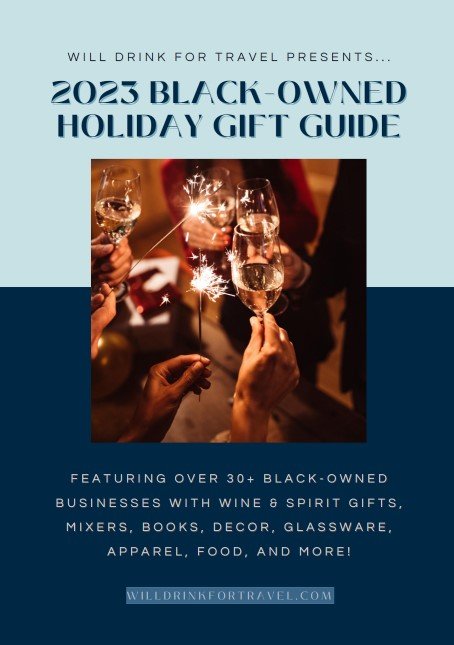Thinking about a fall/winter getaway? Me too! Whether you’re looking for a last quick beach getaway or an outdoor adventure, I’ve got you covered. All of these destinations offer something for everyone.
Adirondacks, New York features over 100 welcoming communities and twelve distinct regional destinations, each offering something different. From canoeing and kayaking, to hiking and biking, the Adirondacks is the epitome of outdoor relaxation. About seven hours from Baltimore and DC, head to upstate New York and spend a little one-on-one time with nature.
Asheville, North Carolina is a thriving city located in the Appalachian Mountains. It has an “eclectic downtown” with over 30-plus art galleries, thriving culinary and music scenes, and of course, gorgeous outdoors. After a six hour drive, spend a long weekend and explore one of North Carolina’s mountainous treasures.
Catskills, New York is the ultimate outdoor dream. The Catskills are made up of four counties: Delaware, Greene, Sullivan, and Ulster. Each offers hiking, biking, fly-fishing, scenic routes, and so much more. You can also aprés-ski here with farm-to-table restaurants, wine bars, and breweries.
Finger Lakes, New York is the second largest wine regions in the United States behind Napa Valley. If that’s not enough reason to visit, then the Finger Lakes’ beautiful outdoor scenery should do it! After a five-hour drive, you’ll be there before you know it. I spent a weekend here and I’ve been dying to get back ever since. Click here for my weekend guide.
Gatlinburg, Tennessee has so much to offer and is about eight hours from the Mid-Atlantic. Located in the Great Smoky Mountains, Gatlinburg is a great destination for outdoor lovers and has plenty to do for the whole family. There are plenty of rental homes too so have fun with your favorite outdoor activities and then have a fun night in when you’re done.
Hilton Head, South Carolina offers 12 miles of pristine beaches and some of the best low-country food and drinks around. It’s also only about two hours from Charleston and one and a half hours from Savannah, so you can hit all three cities in one road trip! The eight-hour drive from Baltimore/DC will go by in no time.
Niagara Falls, New York is home to a natural wonder and is one of the fastest growing wine regions in the country. It is also one of the few regions in the world that produces ice wine, a sweet dessert wine that’s hard to find anywhere else. If you’re not interested in wine, Niagara Falls is great for relaxation and outdoor adventure. Just drive about six and a half hours to your next weekend getaway!
Outer Banks, North Carolina offers 100+ miles of shoreline and several quaint seaside villages. OBX is about seven and a half hours from Baltimore or DC so go and get your last bit of beach time in before winter is upon us.
Richmond, Virginia has miles of trails for walking and biking, a lively arts scene, and is known as one of the best foodie towns in the country. International visitors also recognize the city for its craft beer because of the Richmond Beer Trail. About two and a half hours from Baltimore/DC, an hour from Williamsburg, and close to two hours from Virginia Beach, Richmond is a world all its own.
Shenandoah Valley, VA and W. VA offers “Blue Ridge Whisky Wine Loop” located in the Northern Blue Ridge Mountains. The loop includes eight fine wineries, three distilleries and two craft beer breweries. Not interested in wine? There are plenty of farmers markets, orchards, biking and horseback riding trails. This regions is also known for its scenic drives. Only about two hours away, this is a must-visit destination especially at this time of year!
I hope this list gives you some inspiration for your next safe and socially distanced road trip!





